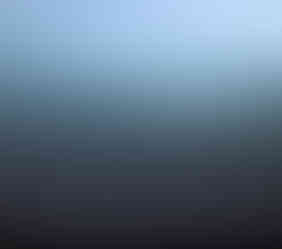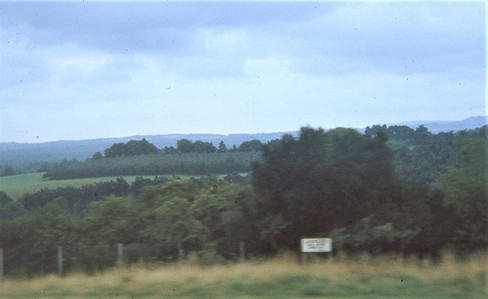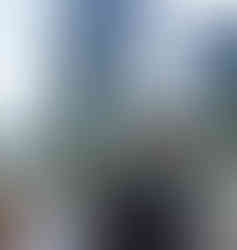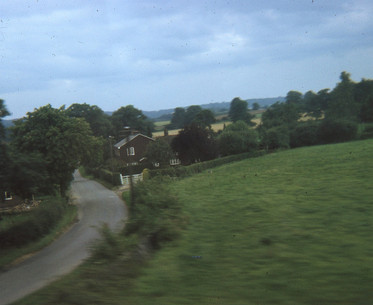BOXES 25-27: ENGLAND.
- Joe Milicia
- Dec 8, 2020
- 6 min read
Updated: Apr 11, 2021

If you've been to Stonehenge in recent decades, or even if you just take the quickest look at the clothes, you'll know this picture wasn't taken last year. It's 1969, when visitors to that iconic ruin could get up close and personal with the stones--even clamber up on them, like the kid seeming to pose as Superboy.
I was on my first trip to Europe, in mid or late August of that year. I had found a cheap NY-London charter flight (around $200, I think), and was planning to visit five countries in about four weeks. I'd planned an itinerary of staying in six great cities of different sizes, to experience as much variety as possible without rushing around too frantically: London--Bruges--Rome--Venice--Innsbruck--Paris. I was planning to meet up with Mike Bavar in London near the beginning of the trip and in Paris near the end, but otherwise I would be on my own, traveling by train between cities. (I wasn't confident enough, then or later, to be a backpacker-hitchhiker sort of traveler.) My guide would be--it goes without saying, for any budget-minded traveler of that decade--the Frommer Europe on $5 a Day, along with its companion for slightly pricier England.

$5 today equals about $35.50, which gives some idea of how strong the dollar was against European currencies in those days. Bed-and-breakfasts in the Earl's Court area, where I stayed, averaged $3.50 a night (about $25 today, which I doubt could get you a hostel bed, let alone a private room in London). Frommer's book allowed for an occasional "big splurge," one of which was a dinner of roast beef (carved at your table!) with Yorkshire pudding and all, at Simpson's-in-the-Strand, for about $3.25 including cover charge and 15% tip (expected in those pre-VAT days). I took Frommer's advice, and enjoyed the elegant, not to say starchy service, white linen everywhere, with waiters saying, "Thank you very much, sir" whenever they refilled my water glass, and "Thank you very much indeed, sir!" when they handed me the bill.

My trip began at Kennedy Airport, and I couldn't resist marking the start by taking a photo of the sunset. Likewise, as dawn appeared, it was a thrill to catch the first glimpses of European land, and eventually the Thames:


The bus ride from Heathrow to Earl's Court was pretty exciting too (however ordinary the street and van in my photo). After settling in my room (which took quite some time to acquire, since I had trouble figuring out the payphone system and even dialing the correct numbers from the guidebook as I tried to find a vacancy--jetlag, no doubt), I took the Underground to my first stop, which I see from my slide box was the Albert Hall.

Probably I wanted to see what concerts I could buy a ticket to, or just to visit a landmark famous from The Man Who Knew Too Much and "A Day in the Life." While there, I was also struck by the Albert Memorial just across the street at the edge of Hyde Park--the first of many Victorian Gothic structures that are still often sneered upon but which I've loved ever since I got to see them in person.

A meandering walk from the Albert Hall took me through South Kensington. I admired the pink, ornate Royal College of Organists building:

I also took a photo of the base of the Queen's Tower on the grounds of the grounds of the Imperial College, but surprisingly (jetlag again?) I didn't photograph the upper part of the tower. (To tell the truth, I had no idea what it was, and only now have identified it thanks to Google Maps and Wikipedia.) Next I found myself in front of another but much larger "classic" Victorian Gothic structure, the Natural History Museum. I went inside and was captivated not so much by the exhibits as by the London families strolling about, including nannies in uniform wheeling baby carriages.
Because my slides aren't labeled according to day and time, and my memory isn't exactly flawless, I can only guess at the gaps in time between some of the pictures that follow. My next shot (the same walk or the next day?) is of the Serpentine in Hyde Park, and then the Henry Moore sculptural designs for the Time-Life Building in Mayfair.
I must have gone directly from the Moore to the nearby great curve of Regent Street at Piccadilly Circus, and then to the little park adjoining St James' Church on Piccadilly.
Next, it was a short walk down to the to the just-opened "Brutalist" Hayward Gallery and the larger Southbank Centre arts complex, just across the Thames:
From there, as from so many places along the great river, there were spectacular views of the skyline (already with a few modern buildings but nothing like the 21st-Century view) under the constantly changing skies:


From there it was up to Trafalgar Square and then the lake in St. James's Park, with a man in communication with a bird; and afterwards, horsemen leaving Buckingham Palace:
This stroll ended up at Westminster Abbey, with Big Ben nearby. The few pictures I took show only isolated fragments of the church, its memorials, its cloister and its towers as seen through windowpanes:
The next day (I think) I walked eastward toward another monumental London church, St Paul's. The walk went past Chancery Lane (I must have read Bleak House by that time) and then some buildings I haven't been able to identify via Google Maps (even the one labeled "City of London School"). I'm sure some London experts could let me know what they are:
And then the stunning St Paul's. The church was free to enter in those days, and one could go up into the dome for great views of the city (and inside, dizzying views of the altar below, though I didn't attempt any pictures with my Instamatic):

I remember being shocked to see still-existing bombed-out city blocks near St Paul's; in 1969 the Barbican Centre and other new structures hadn't yet filled in such spaces. I took one more picture that day, back at Trafalgar Square, of Nelson's Column with Big Ben in the background and London's wonderfully moody sky:

At some point I met up with Mike Bavar, and we took a guided bus trip to Stonehenge, with stops at Winchester and Salisbury Cathedrals. This was the easiest and most affordable way we knew to see those legendary structures. In the photos immediately following you'll see (a) my failed effort to get a shot of the English countryside with its skies that reminded me of Constable paintings; (b) a glimpse of a Winchester house Jane Austen once lived in; (c) two views of the Cathedral; (d) stained glass inside the Cathedral.

The 1901 statue you see, where we stopped for a convenient history lesson, is of Alfred the Great, the English king when Winchester was the royal capital (remaining so till Norman times).
Our next stop was the town of Salisbury and its stunning cathedral, with the tallest spire in Britain. Maybe because I had read William Golding's historical novel The Spire, about the construction of the church, or because I remembered it from Constable paintings, I was especially excited to see this church.

My first view of the spire was actually from quite a distance:

With my Instamatic there was really no way to get a reasonably close view of both the spire and the body of the church without tilting the camera:

But I did get this one of the spire from below:

And here are a few more photos, including one of the lovely and spacious cloister, and a couple of some windows:
In the town itself I took a shot of a Tudor-looking house, and, somewhere outside the town, a large dwelling with an interesting roof: if these were the homes of notable people or had other historic interest, I do not remember:
And here is a very considerably older dwelling: the remains of Old Sarum, the prehistoric structure outside Salisbury, now with cricket players below the fortified walls:

Finally we reached Stonehenge, a truly awesome sight upon Salisbury Plain:

As you saw in the top photo of this post, visitors could wander freely over the grounds:
And this was the one place during the trip when Mike and I took pictures of each other:
Yes, in 1969 tourists, or at least academic types, still wore neckties on tour buses. Here is one more view of Stonehenge as our group departed:

My next slides show my departure from London, on the boat-train to Bruges: i.e., train to Dover, transfer to a ferry across the North Sea to Ostend, Belgium, and a short train ride thence to Bruges ("Brugge" in Flemish). Here you see two fleeting glimpses of the Kentish countryside, the town of Dover from the train station, and two shots of the Cliffs of Dover:
I'll write about the crossing, as well as my stay in Belgium, in the next post.















































































































Comments